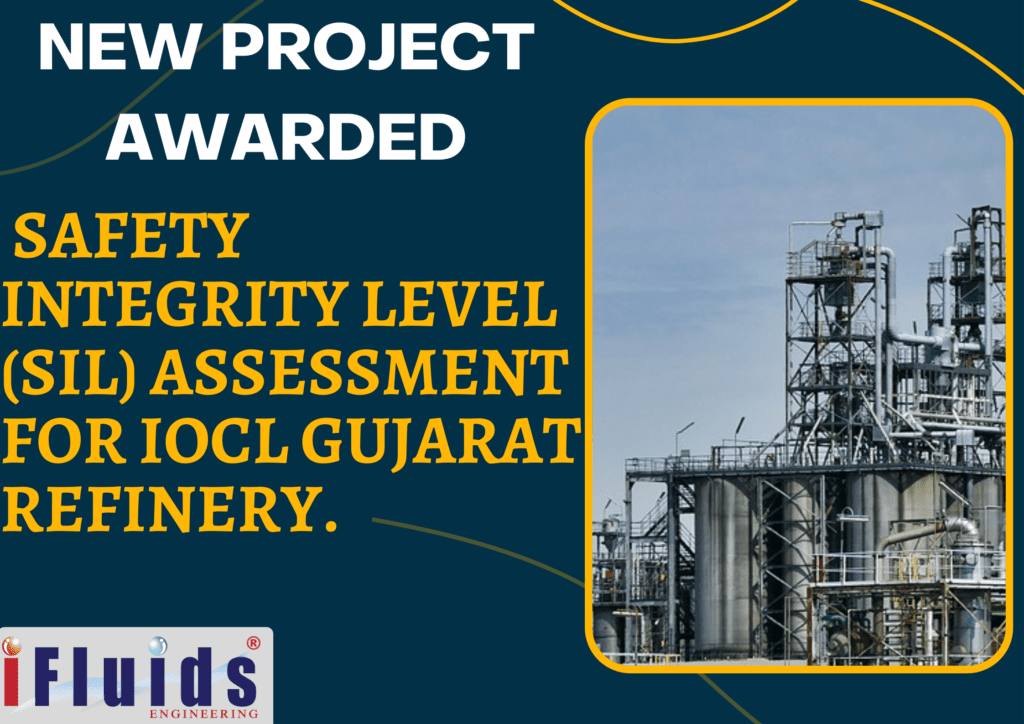
SIL Verification of identified SIF loops & Preparation of SRS for IOCL Barauni Refinery
March 18, 2022The country's second refinery, the Barauni Refinery, was commissioned in July 1964 , with a refining capacity of 1 million metric…
FIRE WATER ADEQUACY STUDY NETWORK AND ASSOCIATED FACILITIES AS PER OISD STANDARD-116 FOR IOCL,BONGAIGAON REFINERY
November 26, 2021Indian Oil Corporation Limited has awarded iFluids Engineering to carry "FIRE WATER ADEQUACY STUDY NETWORK AND ASSOCIATED FACILITIES AS PER…
Safety Integrity Level (SIL) Assessment for IOCL – Gujarat Refinery
November 22, 2021Indian Oil Corporation Limited (IOCL) has awarded iFluids Engineering to carry out Safety Integrity Level (SIL) Assessment for the process…




